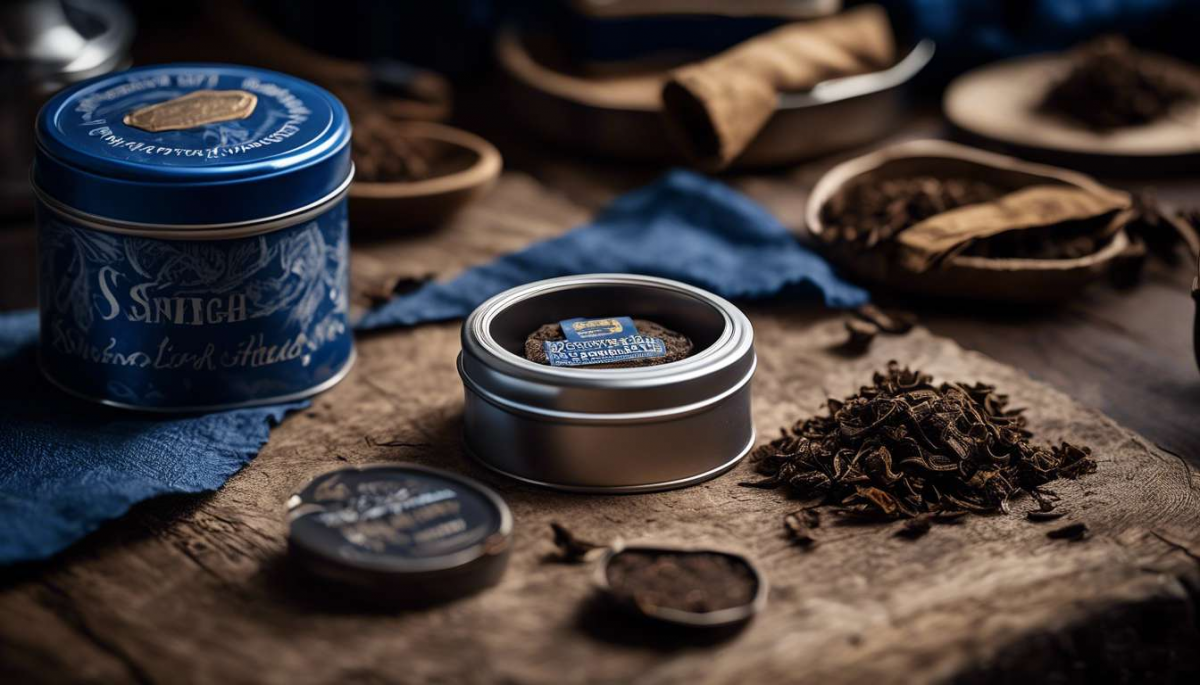Swedish snus, a moist powder tobacco product traditionally consumed by placing it under the upper lip, has gained increasing popularity both in Sweden and globally. Often considered a less harmful alternative to smoking, snus offers a unique experience for tobacco enthusiasts seeking a smokeless option.

This article delves into the characteristics and appeal of Swedish snus, examining its historical roots, production processes, and cultural significance.
Historical Roots and Production Processes:
-
Snus has a rich history in Sweden, where it has been consumed for centuries.
-
The production process involves curing, grinding, and moistening the tobacco, which is then packaged for consumption.
Cultural Significance:
-
In Sweden, snus is deeply embedded in the culture and is a common choice among tobacco users.
-
Its popularity is partly due to the perception of being a less harmful alternative to smoking.
Regulatory Landscape:
The article explores the regulatory landscape surrounding snus, contrasting its legal status in Sweden with restrictions elsewhere, particularly within the European Union.
-
Sweden: Snus is legal and widely available.
-
European Union: There are significant restrictions, with many EU countries banning the sale of snus.
Health Implications:
The discussion highlights the health implications associated with snus use, referencing scientific studies and expert opinions.
-
Some studies suggest that snus is a less harmful alternative to smoking cigarettes.
-
However, it is not without health risks, and long-term effects are still a topic of research.
By providing a comprehensive overview of Swedish snus, this article aims to inform readers about its place within the wider context of tobacco products and its potential impact on public health and consumer choices.
The nuanced exploration seeks to enhance understanding among those interested in smokeless tobacco alternatives.
To learn more about the intricacies of Swedish snus and its global influence, click through this link for further insights and information.
Historical Roots and Production
Swedish snus traces its historical roots back to the early 18th century when it was first produced as a moist, smokeless tobacco product. This innovative approach to tobacco consumption catered to those seeking a distinct alternative to smoking.
The production method involved:
- Air-dried tobacco
- Mixed with water
- Added salt
- Infused with flavorings
This combination created a unique product that quickly gained popularity. The tradition of snus production became deeply embedded in Swedish culture, with families passing down recipes and techniques through generations.
The evolution of snus production has been significantly influenced by legislation. Over the years, regulations have been implemented to ensure the safety and quality of the product.
The Swedish government has played a crucial role in:
- Regulating the ingredients
- Overseeing manufacturing processes
- Maintaining high standards for consumer safety
These legislative measures have helped preserve the integrity of snus, allowing it to remain a staple in Swedish society.
Through adherence to tradition and compliance with legislation, Swedish snus continues to thrive.
Cultural Significance and Popularity
Swedish snus holds a significant place in the nation’s cultural identity, with its widespread use reflecting both historical roots and contemporary lifestyle choices. Originating in the 18th century, snus has evolved into more than just a tobacco product; it embodies a tradition deeply embedded in Swedish society.
This traditional product appeals to a sense of belonging, connecting individuals through shared customs and practices. The popularity of snus remains strong, partly due to its integration into social rituals and gatherings.
In Sweden, legislation has played a crucial role in shaping the use and perception of snus. Unlike other tobacco products, snus enjoys a unique status, as its sale is permitted within the country despite stringent tobacco laws elsewhere in the European Union.
This legislative distinction underscores its cultural significance and popularity, highlighting a national acceptance that aligns with broader societal values.
The enduring appeal of Swedish snus lies in its ability to marry tradition with modernity, sustaining its presence in Swedish life.

Regulatory Landscape and Health Implications
Sweden’s Regulatory Framework for Snus
Sweden’s regulatory framework for snus reflects a distinctive approach that balances public health concerns with cultural acceptance. The unique stance on this tobacco product arises from a deep-rooted tradition, distinguishing it from other nicotine delivery systems.
While the European Union has largely prohibited the sale of snus, Sweden negotiated an exemption. This highlights the cultural significance and lower health risks of snus compared to smoking. This exception underscores a legislative acknowledgment of snus as an element of Swedish heritage.
Health Implications and Research
The health implications of snus consumption continue to be a topic of significant research and debate. Studies suggest that snus presents fewer health risks than smoked tobacco products, yet the long-term effects remain under scrutiny.
The Swedish experience indicates a potential for harm reduction, with lower smoking-related disease rates. Nevertheless, public health authorities emphasize cautious consumption due to the presence of nicotine and other chemicals.
Legislative Balance
Legislation, therefore, seeks to balance tradition with proactive health measures, ensuring informed choices within the community.